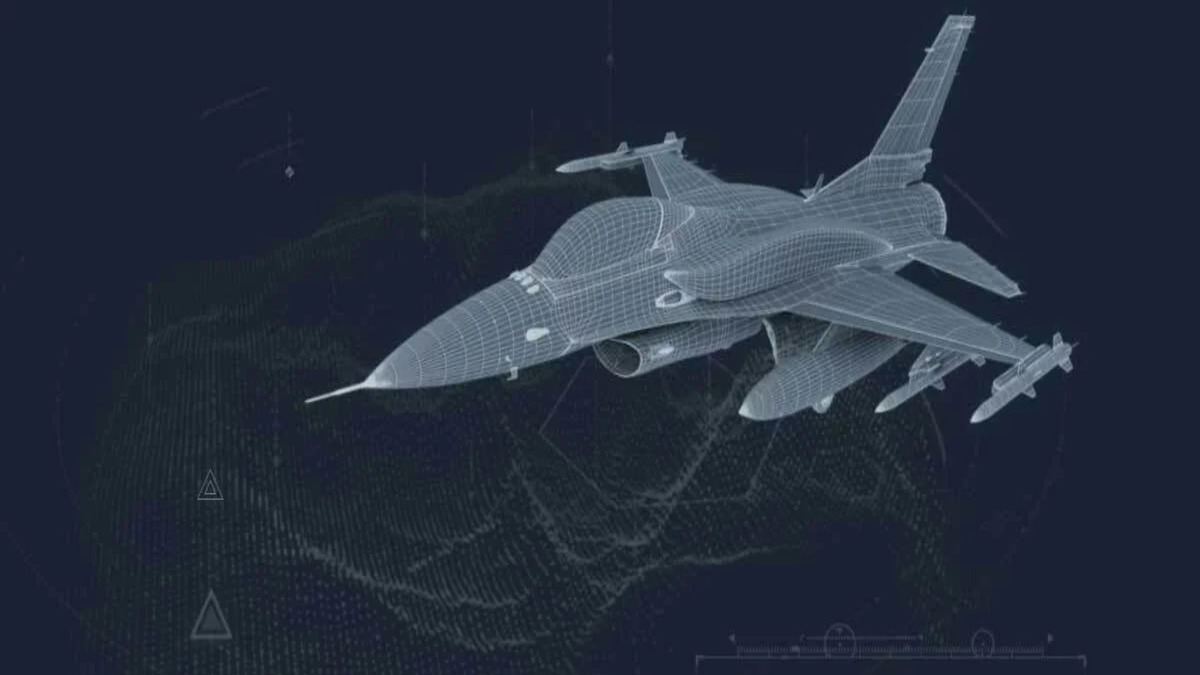According to Taiwanese media, Taiwan has set aside NT$42.8 billion (US$1.33 billion) to acquire an advanced electronic warfare (EW) system known as the Viper Shield for the new F-16V fighter jets it has ordered from the United States.
The reports, citing a spending plan submitted by the Ministry of National Defense (MND), reported that the procurement, which includes munitions and support systems, is expected to be completed between 2022 and 2030.
The spending plan, delivered to Taiwan’s Legislature on August 30, outlines the country’s commitment to strengthening its defense capabilities by integrating cutting-edge technology into its air force.
The Central News Agency (CNA) noted that the procurement of the Viper Shield system was not included in previous budget proposals for 2022-2024, suggesting it may have been funded through undisclosed appropriations.
Although the precise details of the acquisition remain confidential, Taiwanese media reported that Taiwan is aiming to purchase the AN/ALQ-254 series EW system from US defense contractor L3 Harris.
The specific variant, the AN/ALQ-254(V)1, is known for its advanced capabilities in detecting and countering electronic threats.
Last year, L3 Harris also confirmed that this EW system would be installed in F-16V Block 70 jets of five countries, including Taiwan. The system, also called the Viper Shield, is part of a broader international upgrade program for F-16Vs.
Taiwan has already modernized its fleet of 140 F-16A/Bs to the F-16V standard by the end of 2023, equipping them with AN/AAQ-33 Sniper Advanced Targeting Pods and the MS-110 Multispectral Imagery System.

However, the country is also scheduled to receive new F-16 Vipers. In 2019, the US State Department approved the sale of 66 F-16V jets to Taiwan as part of an $8-billion deal.
Initial deliveries were expected in 2023, but they were delayed due to software integration challenges with the equipment Taiwan wants to install. The first batch of these jets is now scheduled for delivery between the third and fourth quarters of this year, with the entire fleet to be completed by 2030.
The new F-16V jets will have a service life of 12,000 hours, compared to 8,000 hours for older models. In addition to Taiwan, other nations such as Bahrain, Bulgaria, Morocco, and Slovakia have placed orders for the Viper Shield system.
L3Harris is also exploring opportunities to supply the Viper Shield to potential new customers, including Turkey and Poland.
Viper Shield EW System
The Viper Shield, officially named the AN/ALQ-254(V)1 All-Digital Electronic Warfare Suite, is “custom designed to be baseline on advanced F-16 aircraft and maximize their survivability and mission success”.
The system aims to maximize these fighters’ survivability, enabling them to counter modern and evolving threats effectively.
Developed by L3Harris in close collaboration with Lockheed Martin and the US Air Force, the Viper Shield is compatible with the new Block 70 F-16s and the existing F-16 fleet, including older D models for retrofit applications.
According to the manufacturer, Viper Shield is engineered to address and neutralize threats not only in the present but also in the future, evolving to meet new challenges in the realm of electronic warfare.
The Viper Shield creates a comprehensive “virtual electronic shield” around the aircraft to ensure that missions can be conducted safely, even in highly complex and contested battlespace environments.

This advanced system features state-of-the-art digital radar warning receiver (DRWR) technology, which integrates seamlessly with the F-16V’s new APG-83 active electronically scanned array (AESA) radar.
This integration enhances the fighter’s situational awareness, allowing pilots to better detect and respond to threats. Moreover, the Viper Shield offers significant improvements in system performance, including a more compact form factor, reduced weight, and simplified future upgrades.
The Viper Shield features a streamlined design with fewer critical components compared to previous-generation electronic warfare systems. This design results in a more compact form factor and lighter weight while offering increased reliability, a higher mean time between failures, and lower lifecycle costs.
Additionally, its modular structure allows for easy replacement of line-replaceable units (LRUs) in the field and accommodates future upgrades and enhancements.
According to Janes, the Viper Shield is an internally integrated system. The system’s radar warning technology effectively detects and identifies radar signals from various sources.
When a threat is detected, the system provides crucial target information to its digital radio frequency memory (DRFM)-based jamming system, which employs predefined jamming techniques to disrupt or neutralize the threat, thus enhancing the aircraft’s defensive capabilities.
- Contact the author at ashishmichel(at)gmail.com
- Follow EurAsian Times on Google News




